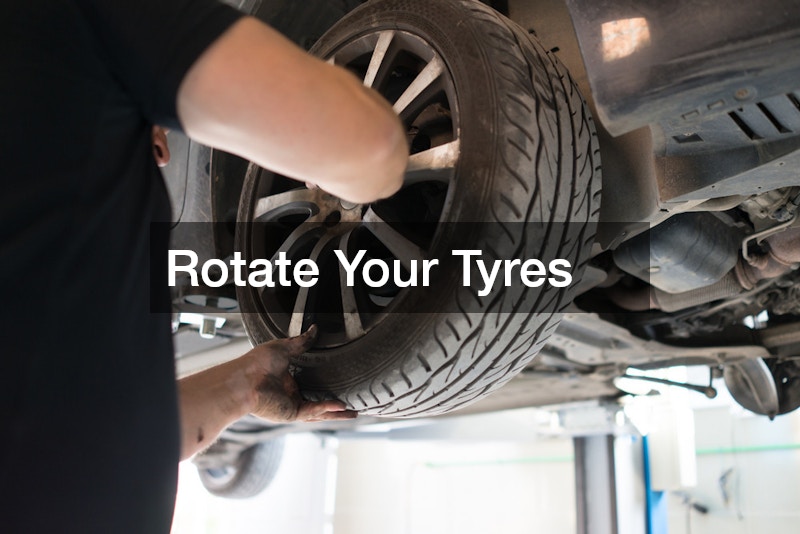Maintaining the value of your car is essential, especially since it represents a significant investment. Keeping your car in pristine condition not only enhances its appeal but also extends its lifespan, ensures peak performance, and reduces the likelihood of costly repairs.
This comprehensive guide provides ten practical tips to help your car remain in top-notch condition. From proactive maintenance to safe driving habits, these strategies will protect your investment and make driving more enjoyable.
Let’s explore how you can keep your car running and looking as good as new for years to come.
1. Use a Car Cover
A car cover is a simple yet highly effective tool for protecting your vehicle. It shields your car from dust, dirt, UV rays, bird droppings, and tree sap, which can damage the paintwork or glass. Investing in a high-quality car cover helps maintain your car’s exterior and saves money on potential paint or glass repairs.
Beyond exterior protection, a car cover also reduces heat buildup inside your car caused by direct sunlight, preventing dashboard and seat materials from fading or cracking. Additionally, a covered car becomes less of a target for thieves, as removing the cover requires extra effort.
While the initial cost of a car cover is minimal, the long-term savings on repairs and repainting make it a worthwhile investment. Ensure you choose a car cover that fits your car’s make and model perfectly for optimal protection.
2. Regular Oil Changes
Routine oil changes are vital to keeping your engine in peak condition. Engine oil reduces friction between moving parts, prevents overheating, and keeps the engine clean. Over time, oil degrades and becomes less effective due to the accumulation of contaminants. Regularly changing the oil ensures smoother performance and prevents engine wear.
Follow the oil change intervals recommended in your car’s owner’s manual. These intervals are typically every 5,000 to 10,000 kilometres, depending on the type of oil and driving conditions. High-quality oil and regular servicing by a qualified mechanic help maintain the engine’s health.
Neglecting oil changes can lead to sludge buildup, overheating, and costly engine repairs. By prioritising this essential maintenance step, you’ll ensure your car’s engine operates efficiently for many years.
3. Rotate Your Tyres

Tyre rotation is an often-overlooked maintenance task that significantly impacts your car’s performance and safety. Rotating tyres ensures even wear across all four tyres, extending their lifespan and maintaining consistent handling.
Uneven tyre wear can lead to reduced traction, longer braking distances, and an uncomfortable driving experience. Most manufacturers recommend rotating tyres every 8,000 to 10,000 kilometres. Regular tyre rotation also prevents the need for premature replacements and ensures better fuel efficiency.
Combine tyre rotations with wheel alignment and balancing to further enhance your car’s performance and safety. Well-maintained tyres reduce the risk of blowouts and improve your vehicle’s handling, ensuring every drive is safer and more enjoyable.
4. Keep Your Battery Clean
A clean battery is crucial for reliable car performance. Corrosion on the battery terminals can hinder electrical connections, leading to starting issues or electrical malfunctions. Regularly cleaning the battery terminals helps prevent these problems.
To clean the terminals, disconnect the battery and use a mixture of baking soda and water along with a wire brush to remove corrosion. Rinse with clean water, dry thoroughly, and reconnect the terminals. Regular cleaning prolongs the battery’s life and ensures a smooth start every time.
For electric vehicle (EV) owners, maintaining clean connections is equally important. Clean terminals optimise charging efficiency, whether at home or at public charging stations, ensuring your EV runs reliably.
5. Check and Replace Air Filters
Air filters play a significant role in your car’s performance by ensuring the engine receives clean air for combustion. Over time, air filters accumulate dirt and debris, restricting airflow and reducing engine efficiency.
Inspect and replace your car’s air filter as recommended—typically every 20,000 to 24,000 kilometres, or sooner if you drive in dusty conditions. Clean air filters improve fuel efficiency and reduce engine strain, minimising the likelihood of costly repairs.
A simple replacement task handled by a mechanic or yourself can make a big difference in your car’s overall performance and longevity.
6. Buy High-Quality Fuel
Using high-quality fuel is essential for maintaining your car’s engine. Premium fuels often contain detergents that clean the fuel system, reduce carbon buildup, and optimise combustion, particularly in high-performance engines.
For EV owners, choosing reliable charging stations ensures consistent power delivery, which helps maximise battery health and performance. Whether you’re filling up with petrol or charging your EV, quality inputs directly impact your vehicle’s performance and lifespan.
Avoid cheap, low-quality fuel or unreliable charging sources, as they may lead to engine or battery issues over time. Investing in quality fuel or power ensures fewer repairs and longer-lasting performance.
7. Wash Your Car Regularly

Regular car washing is one of the simplest ways to maintain its appearance and protect its exterior. Dirt, road grime, and even bird droppings can damage the paint and bodywork if not promptly removed.
Aim to wash your car every two weeks, or more frequently in areas with high salt exposure, such as coastal regions. Pay extra attention to the undercarriage, as it’s prone to rust and corrosion. After washing, dry the car thoroughly with a soft microfibre cloth to prevent water spots.
A clean car not only looks better but also performs more efficiently by reducing drag caused by dirt and debris. Regular washing keeps your car looking showroom-new and helps preserve its resale value.
8. Replace Wiper Blades
Clear visibility is crucial for safe driving, particularly during heavy rain. Wiper blades deteriorate over time due to exposure to heat, cold, and constant use. Worn-out wiper blades can scratch your windscreen or leave streaks, compromising visibility.
Replace your wiper blades every six to twelve months, or as soon as you notice decreased performance. Installation is straightforward and can be done at home or by your local auto parts retailer.
Maintaining functional wiper blades not only enhances safety but also prevents costly windscreen damage, keeping your car in excellent condition.
9. Avoid Potholes
Potholes can wreak havoc on your car’s suspension, alignment, and tyres. Hitting a pothole can lead to punctures, damaged rims, or even undercarriage issues, resulting in expensive repairs.
Whenever possible, avoid potholes by driving cautiously and keeping a safe distance from the car ahead to spot hazards in time. If unavoidable, slow down and approach potholes carefully to minimise impact.
Regular inspections by a trusted mechanic can identify and address any damage caused by potholes. Maintaining proper tyre pressure and ensuring alignment are additional measures to protect your car from road hazards.
10. Stick to a Maintenance Schedule
Adhering to your car’s recommended maintenance schedule is vital for keeping it in like-new condition. Routine tasks like oil changes, brake inspections, and fluid top-ups address minor issues before they escalate into major problems.
Your car’s owner’s manual provides a detailed maintenance schedule tailored to your vehicle. Regular visits to a reputable mechanic ensure thorough inspections and timely repairs.
Proactive maintenance not only extends your car’s lifespan but also improves its reliability and resale value. By sticking to a consistent care routine, you’ll enjoy a safe and hassle-free driving experience.
Conclusion
Keeping your car in pristine condition requires a combination of preventive measures, routine maintenance, and mindful driving habits. From using a car cover and rotating tyres to washing your car regularly and avoiding potholes, each effort contributes to preserving your vehicle’s value and performance.
By following these ten smart tips and engaging the expertise of trusted Australian mechanics, you’ll enjoy a reliable, efficient, and aesthetically pleasing vehicle for many years. Investing in your car’s care now will save you money on repairs and ensure it remains in top shape for all your journeys.
